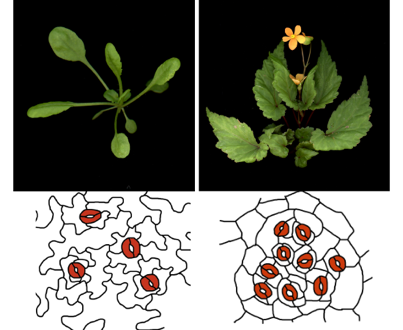2023-08-08 ワシントン大学セントルイス校
◆22種類の匂いを用いて、好みの匂いとそうでない匂いを判別し、それぞれの匂いに対する脳の神経反応を測定しました。匂いと報酬のタイミングに関する実験では、バッタの学習と神経回路の形成に影響を与えることを示しました。
◆この研究により、脳が好みや学習をどのように処理するかに関する新たな洞察が得られました。
<関連情報>
- https://source.wustl.edu/2023/08/good-smells-bad-smells-its-all-in-the-insect-brain/
- https://www.nature.com/articles/s41467-023-40443-2
嗅覚による生得的・後天的食欲嗜好の神経多様体 Neural manifolds for odor-driven innate and acquired appetitive preferences
Rishabh Chandak & Baranidharan Raman
Nature Communications Published:05 August 2023
DOI:https://doi.org/10.1038/s41467-023-40443-2

Abstract
Sensory stimuli evoke spiking neural responses that innately or after learning drive suitable behavioral outputs. How are these spiking activities intrinsically patterned to encode for innate preferences, and could the neural response organization impose constraints on learning? We examined this issue in the locust olfactory system. Using a diverse odor panel, we found that ensemble activities both during (‘ON response’) and after stimulus presentations (‘OFF response’) could be linearly mapped onto overall appetitive preference indices. Although diverse, ON and OFF response patterns generated by innately appetitive odorants (higher palp-opening responses) were still limited to a low-dimensional subspace (a ‘neural manifold’). Similarly, innately non-appetitive odorants evoked responses that were separable yet confined to another neural manifold. Notably, only odorants that evoked neural response excursions in the appetitive manifold could be associated with gustatory reward. In sum, these results provide insights into how encoding for innate preferences can also impact associative learning.


